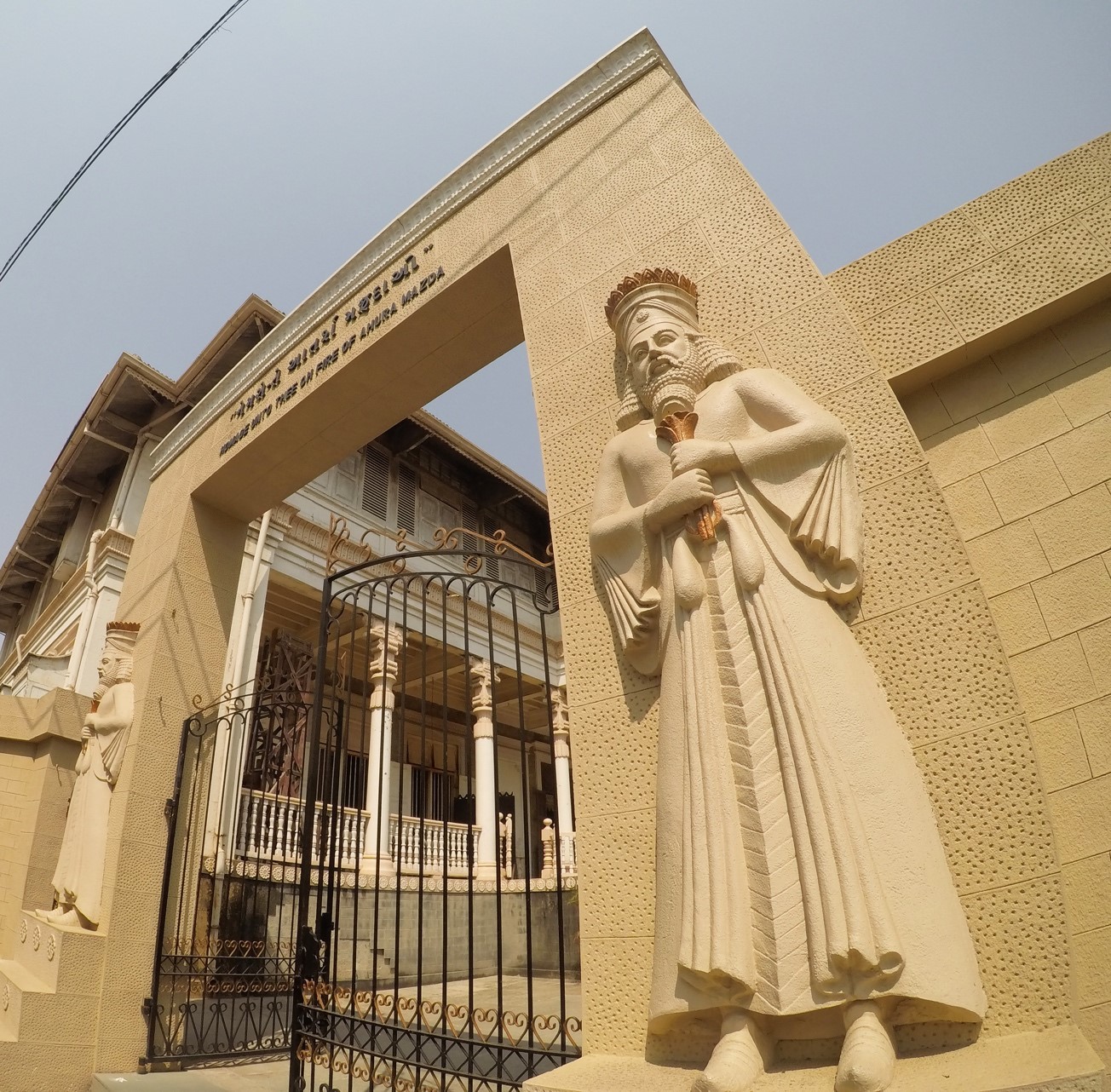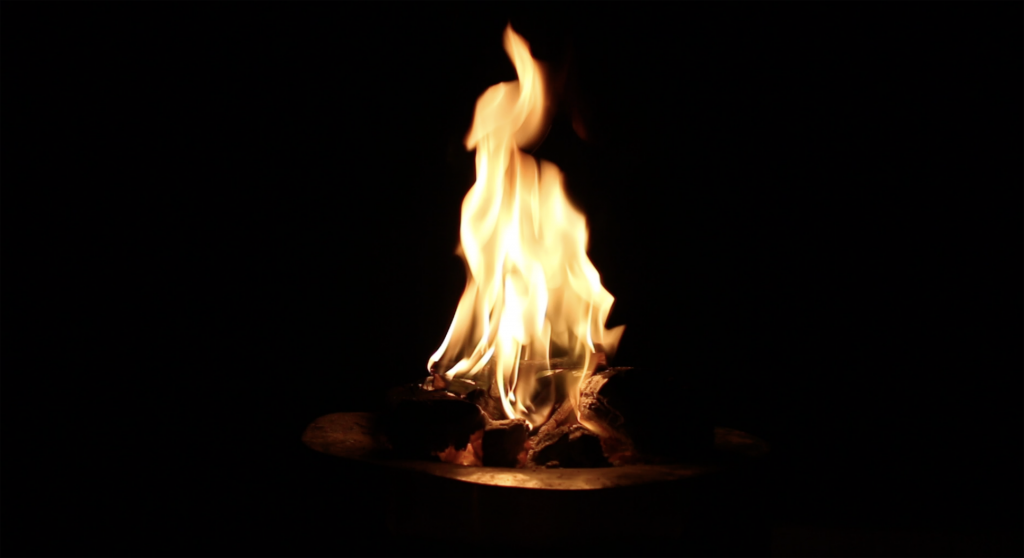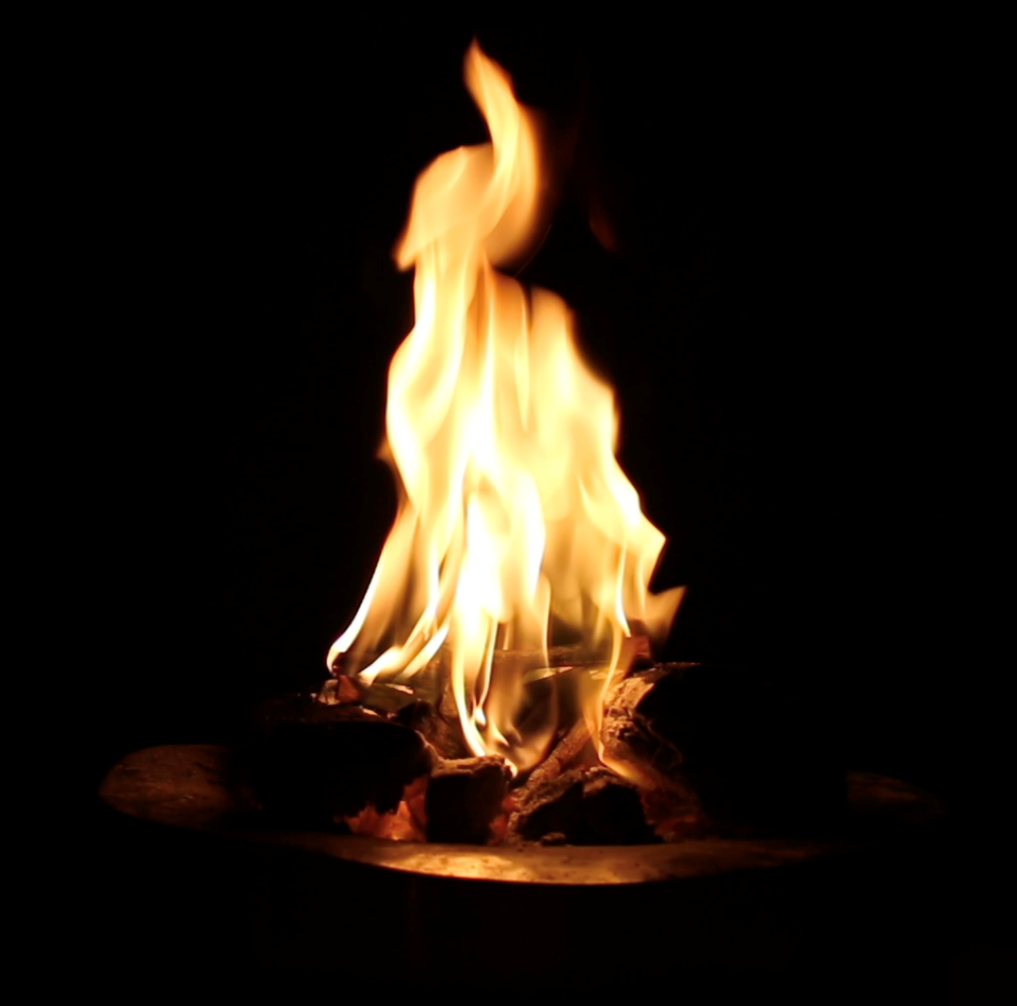The Iranshah Initiative
Pak Iranshah Atashbehram, Udvada, Gujarat, IndiaHistory
A place like Iranshah has layers and layers of history, so to make it graspable, here are 3 key points of the historical timeline which are fundamental to the existence of Iranshah and why it is imperative to support and keep this flame burning eternally through this global initiative.
Firstly, Iranshah’s fire has not been brought over from Iran. This is a myth. The Alat or the implements to consecrate the fire were brought to Sanjan from Iran by road, and it was these implements that were used to consecrate the fire of Iranshah in Sanjan in Y.Z. 90 (Yazdezardi Era). And to put that into graspable terms, this atash or fire is 1,299 years old. This also means that the traditions our Mobeds or Priests have and continue to perform for Iranshah are 1297 years old too.


Second, the fire was consecrated on collection of 16 different types of fires, one of which is the fire of Asfan obtained from lightning. It is said that the lighting was brought down by a miraculous action of Dasturji Naryosang Dhaval by the strength of his ritual and manthric prayers. This, is the point of difference between the Iranshah Atash Behram and the 7 other Atash Behrams in India. These 16 fires were purified over a period of three years, thereby making it the consecrated fire of the highest order. Thus, the fire was declared to be known as Iranshah or The King of Iran by the entire Zoroastrian Community as they had lost both, their King and their country.
Third, once the fire of Iranshah was consecrated it moved between 7 different locations over its 1,297 years. As seen on the map on the right, it went from Sanjan, South to the Bahrot Caves, over to the Vansda Forests, then to Navsari, followed by Surat, back to Navsari, south to Valsad and eventually rested in Udvada where it has been housed for 276 years.
